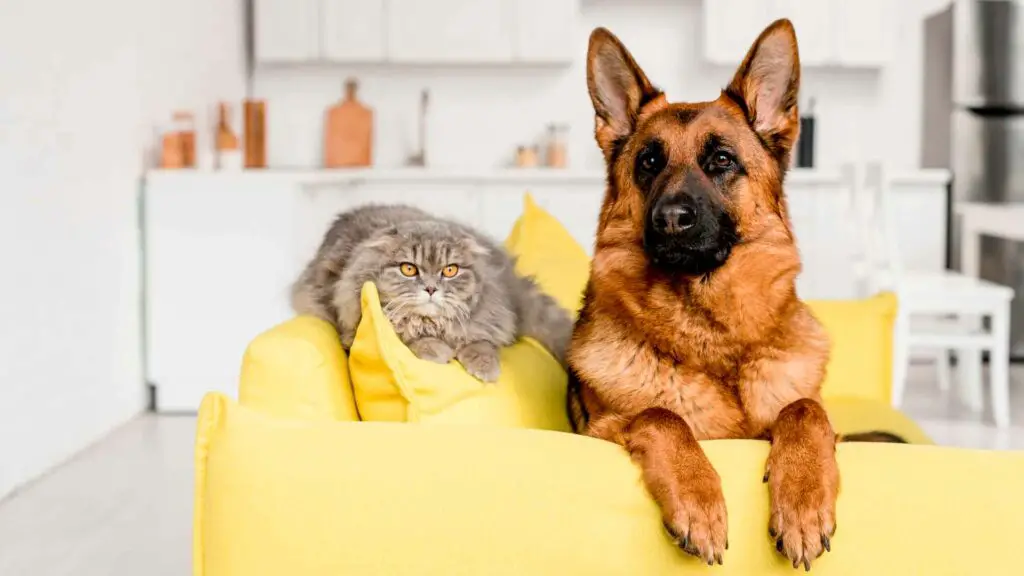There is a misconception when it comes to the relationship between cats and dogs. A lot of us grew up believing that they are like oil and water. In reality, they can get along famously—if they are properly introduced.
Cats and dogs aren’t natural friends, but they also don’t have to be enemies. They can co-exist if they are properly introduced and socialized. With that said, this is a process.
You already have a dog that you love. You’ve either made the decision to get a kitty, though, or someone has moved in that has a cat. You can’t get rid of your dog. So, what do you do? There is actually a process that you can employ to introduce your new kitty to your pup. You just need to make sure you are patient and take the appropriate steps.
No matter what, your pets will need some time to adjust. Even if your dog has been friends with cats in the past and vice versa, any new pet will take a little time to introduce. By taking your time and introducing your pets in the right way, though, they’ll become friendly (or at least tolerate each other) in no time.








